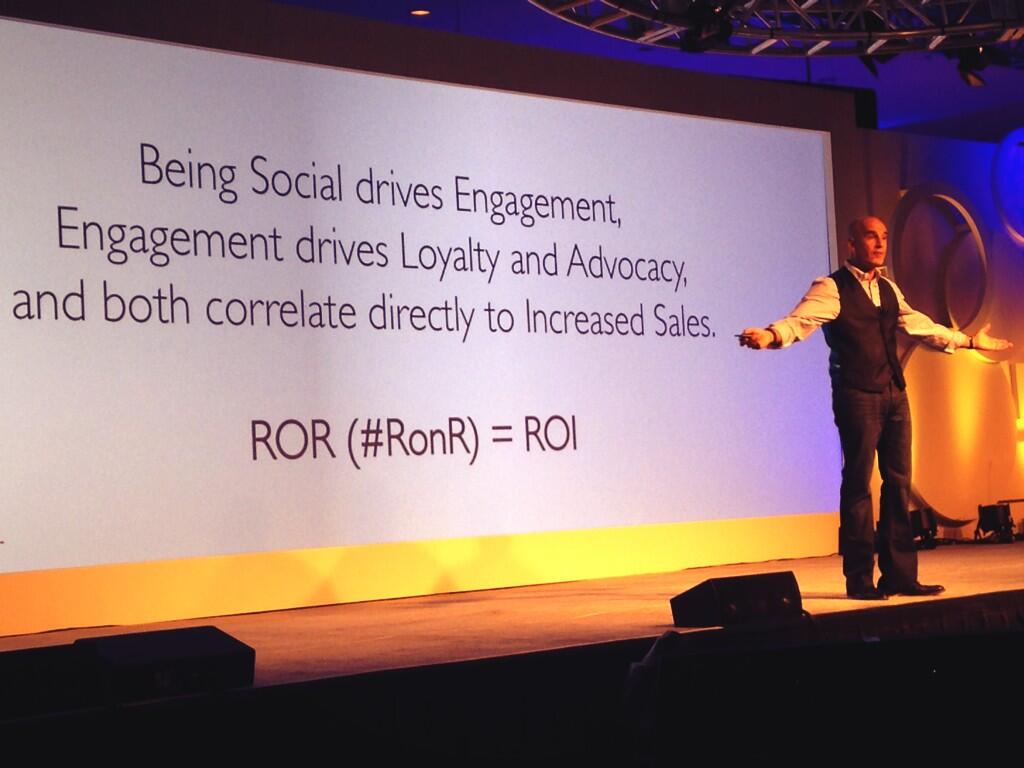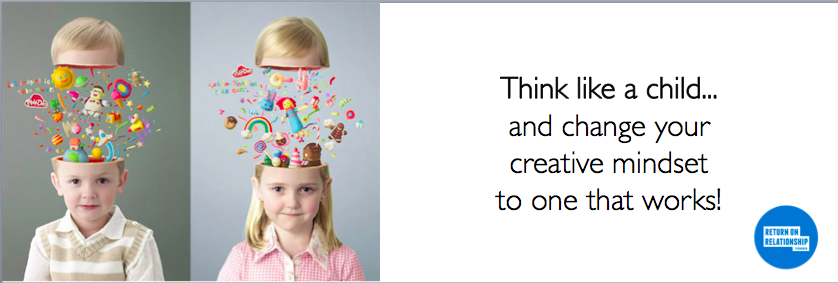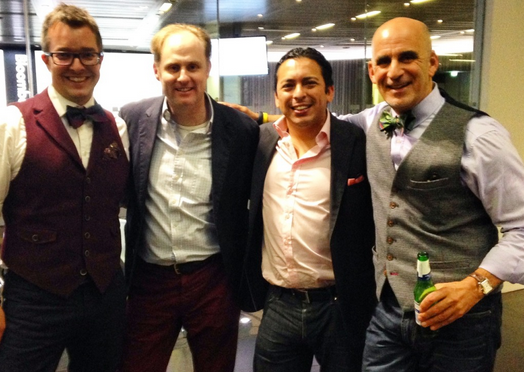Ted Talks About… Looking People in the Eye Digitally [video]
My New Book Available Now… HOW TO LOOK PEOPLE IN THE EYE DIGITALLY
In How to Look People in the Eye Digitally, Ted re-introduces us to the one-on-one communication skills we’ve forgotten in our rush to new technologies. He shows us how we’ve let social and mobile technologies hold us back, and teaches us new ways to use the people skills we already have to stay connected in an authentic, human way.
~Previously posted at TedRubin.com
Cause Marketing: Making the Most of your Marketing Dollars
Trillions of dollars are spent each year on all aspects of brand and product promotion, the vast majority of which generates little in positive social benefit.
Many would argue why should it, as the purpose of these expenditures is only to sell as many products to as many people as possible. However the emergence of Corporate Social Responsibility in all major business organizations is leading to a rethink and refocus of all expenditures and actions of the organization to maximize the firm’s positive social impact.
How Real-Time Analytics Can Transform a Brand
The last few years have transformed the way organizations utilize data. Today, the volume, variety and velocity of data is taking the business world by storm. Organizations that are able to understand and act on the data – based on analytics, but with the relationship at the forefront – will emerge as winners.
Content Marketers Should Adopt Newsroom Habits
By now, it’s clear that what it means to be a marketer has changed. As a discipline, marketing is more data-driven, more dependent on technology, more accountable to outcomes.
But the nature of the work has also changed. Yesterday’s campaign-driven projects with their long lead times, well defined scope and clearly delineated beginnings and ends are giving way to something more organic and continuous, something more fluid, even improvisational.
But marketing organizations, by and large, are still organized around a campaign-driven cadence.
As part of the adaptation, marketing leaders are often told their organizations should look more like newsrooms. But what in the world does that mean?
Return on Relationship, #RonR, is Measured…
ROR, #RonR, is measured through organic engagement, community management, sentiment monitoring and so much more. It all comes down to one word: Value. How do your social media efforts create value for you, as a brand, and for your audience? What prompts that viewer to come back to your social channel(s) and to any other place you are looking to drive them to?
Why Marketers Need To Listen To A Super Bowl Winning Quarterback And Wide Receiver
Not sure if you heard or not but the Super Bowl is this coming Sunday. Just felt it my duty to remind you all of that in case you were, say, on another planet the last week or so.
Exploring Nanotechnology in the Supply Chain Context
By now, most logistics and supply chain professionals have heard the word “nanotechnology” bandied about in a number of different contexts. The question then arises, how many of us really know what “nanotechnology” means and more importantly what impacts it may ultimately have on our companies and our profession?
As straight forward thinkers, people in supply chain logistics prefer simple, easy to understand answers and at the detail level, nanotechnology is anything but. So let’s cut through all the investment hype and scientific bafflegab to first develop a basic understanding and then review a number of potential impacts the growth and expansion of nanotech may have.
In layman’s terms, nanotechnology is… ” the precision placement, measurement, manipulation and modeling of sub-100 nanometer scale matter. ” In other words nanotech is about building really small things. So just how small are we talking here? Suffice it to say that a human hair is approximately 50,000 nanometers wide, and nano manufacturing is carried out on a scale 500 times smaller than that. Just sit back and think about that basic fact for a minute as we now begin to review the short, medium and long term impacts this emerging technology may generate.
Most Important Lessons We Can Learn from Children
We talk and write a lot about what we are teaching our children and what they are learning from us – but if we only focus on one side of this teaching/learning relationship, we are missing some of the greatest examples of our lives. Following are my 12 most important lessons we can learn from children:
For Me Twitter and New Friends Have Gone Hand-in-Hand From the Beginning
Three things are most important for anyone who wants to be successful using Twitter for relationship building:





